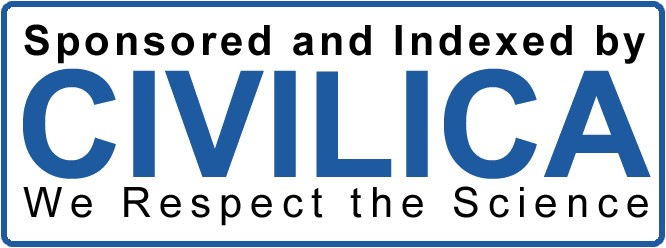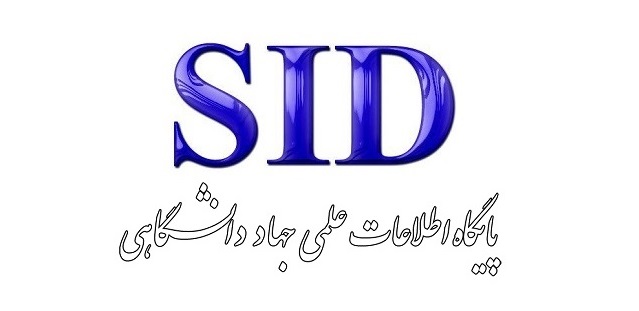The Position of Clemency Institutions in the Adjudication of Children and Adolescents in Conflict with the Law, with Emphasis on Judicial Practice
Keywords:
conciliation institutions, judicial procedure, proceedings, opposition to the lawAbstract
The punitive approach toward children and adolescents is one of the most fundamental issues in juvenile law. This has generated particular sensitivity among legal scholars regarding which types of responses are most effective, lead to greater rehabilitative potential, and assist minors in reintegrating into society. This heightened sensitivity is clearly reflected in the adoption of the Islamic Penal Code of 2013 and the incorporation of clemency institutions for this group of offenders. Despite the existence of statutory provisions concerning clemency institutions, there are still challenges and deficiencies in the related regulations as well as in judicial practice. In this study, to promote the use of clemency institutions in judicial practice—particularly concerning children and adolescents—incorrect existing practices will be identified, and the quality of current rulings in this field will be enhanced by analyzing relevant statutes and case law. The ultimate goal is to provide practical recommendations to increase both the quality and the quantity of judgments that contribute significantly to the reintegration of juvenile offenders into society. To achieve this, clemency institutions are examined from a legal perspective, and related judicial decisions concerning each of these institutions are collected. The shortcomings and deficiencies identified in these rulings are discussed in detail. These issues and barriers can be addressed by reforming certain provisions, removing specific legal limitations for children and adolescents, and establishing a unified and sound judicial practice across the courts with the help of the proposed solutions.
References
Aboozari, M. (2017). A Perspective on Juvenile Criminal Law. Mokhatab Publishing.
Akbari, L. (2011). Examining Methods of Preventing Juvenile Delinquency in International Rules and Instruments University of Tehran]. Tehran.
Akhoondi, M. (2013). Criminal Procedure. Mizan Publishing.
Ardabili, M. A. (2014). General Criminal Law. Mizan Publishing.
Asadi, L. S. (2013). Criminal Procedure for Juveniles in Iranian Law. Judiciary Legal Journal(45).
Ebrahimi, F. (2010). The Right to a Fair Trial for Children in Conflict with the Law. Jungle Publishing.
Goldouzian, I. (2015). Annotated Islamic Penal Code. Majd Publishing.
Jahanipour, A. (2018). Specialized Criminal Procedure (Juvenile Delinquents). Shahr-e Danesh.
Khaleghi, A. (2015). Notes on the Criminal Procedure Code. Shahr-e Danesh.
Kooshki, G. (2019). Alternatives to Public Prosecution in the Iranian and French Criminal Justice Systems. Law and Politics Semiannual(12), 327-350.
Mehra, N. (2018). Juvenile Criminal Justice. Mizan Publishing.
Mirkamali, A., & Hosseini, A. (2016). Differential Juvenile Procedure in the 2013 Criminal Procedure Code. Criminal Law Research Journal(7).
Moazzami, S. (2015). Special Criminal Procedure for Children and Adolescents. Dadgostar Publishing.
Naderi, S. (2021). Differential Criminal Procedure for Children and Adolescents with a View to International Child Rights Instruments. Comparative Criminal Jurisprudence Quarterly(1).
Najafi Abrandabadi, A. H. (2019). On Differentiated Criminal Policy. Mizan Publishing.
Najafi Abrandabadi, A. H., & Hashembeigi, H. (2011). Encyclopedia of Criminology. Ganj Danesh.
Niyazpour, A. (2014). Juvenile Criminal Law. Mizan Publishing.
Safari, A. (2007). Suspension of Sentence Execution. Correction and Rehabilitation Journal(69).
Shambayati, H. (2019). Juvenile Delinquency. Majd Publishing.
Downloads
Published
Submitted
Revised
Accepted
Issue
Section
License
Copyright (c) 2025 Habibollah Abdollahpour (Corresponding author); Amir Vatani (Author)

This work is licensed under a Creative Commons Attribution-NonCommercial 4.0 International License.








